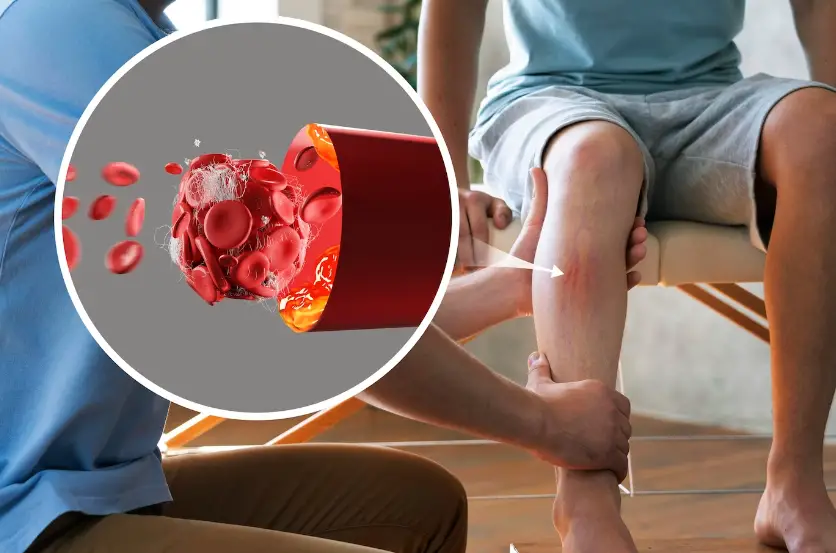The Path to Healthier Legs: Exploring Vein Treatment Options

When it comes to the health and appearance of our legs, understanding and addressing vein-related issues is key. Varicose veins and spider veins are not just cosmetic concerns but can also lead to discomfort and, in some cases, more serious health problems. This article explores the range of treatments available for those seeking relief from vein conditions, highlighting the role of specialized care in achieving optimal outcomes.
Understanding Vein Conditions
Vein conditions, including varicose and spider veins, occur when veins become enlarged, dilated, or overfilled with blood. Varicose veins are often raised, visible, and can be blue, red, or flesh-colored. Spider veins, while similar, are smaller and can be seen through the skin as red, purple, or blue vessels.
Symptoms and Causes
Symptoms of vein conditions can include:
- Aching pain
- Feeling of heaviness
- Itching around one or more of your veins
- Skin discoloration
The primary causes include genetic predisposition, pregnancy, obesity, standing for long periods, and age.
Treatment Options
Treatment for vein conditions has evolved significantly, offering a range of options from conservative management to advanced procedures. Here’s an overview of the most common treatments:
Conservative Management
- Compression Stockings: Wearing specially designed stockings that help with blood flow.
- Exercise: Regular physical activity to improve leg strength and circulation.
- Elevation: Elevating the legs can help reduce pressure in the leg veins.
Minimally Invasive Treatments
- Sclerotherapy: A solution is injected into the vein, causing it to collapse and fade.
- Laser Treatments: Laser light is used to close off small veins.
- Radiofrequency Ablation: Radiofrequency energy heats and closes off varicose veins.
Surgical Options
- Vein Stripping: Removing large varicose veins through small incisions.
- Ambulatory Phlebectomy: Small varicose veins are removed through a series of tiny skin punctures.
Choosing the Right Specialist
Selecting the right healthcare provider is crucial for effective treatment. Specialists in vein care, such as vein specialists Utah, are equipped with the knowledge, skills, and technology to offer personalized treatment plans. These specialists assess each patient’s condition and recommend the most appropriate treatment options.
The Importance of Personalized Care
Each patient’s vein condition is unique, requiring a tailored approach to treatment. Personalized care plans consider the severity of the vein condition, the patient’s health history, and their treatment preferences. This individualized approach ensures the best possible outcomes and satisfaction with the treatment process.
Table: Comparison of Treatment Options
| Treatment Method | Description | Best For |
| Compression Stockings | Specially designed stockings that improve blood flow | Mild cases and prevention |
| Sclerotherapy | Injection of a solution that collapses the vein | Small varicose and spider veins |
| Laser Treatments | Use of laser light to close off veins | Small varicose and spider veins |
| Radiofrequency Ablation | Radiofrequency energy to heat and close veins | Larger varicose veins |
| Vein Stripping | Surgical removal of varicose veins | Severe varicose veins |
| Ambulatory Phlebectomy | Removal of veins through tiny punctures | Visible varicose veins that are bulging |
What to Expect After Treatment
Recovery and results vary depending on the treatment method. Most minimally invasive procedures allow patients to resume normal activities quickly, with little to no downtime. Surgical options may require a short recovery period. Patients often experience relief from symptoms and improvement in the appearance of their legs following treatment.
Closing Thoughts
The journey to healthier legs involves understanding the available treatment options and selecting a specialist to provide personalized care. With advancements in vein treatment, individuals can access a range of effective solutions. By addressing vein conditions proactively, patients can significantly relieve symptoms and improve their quality of life.
